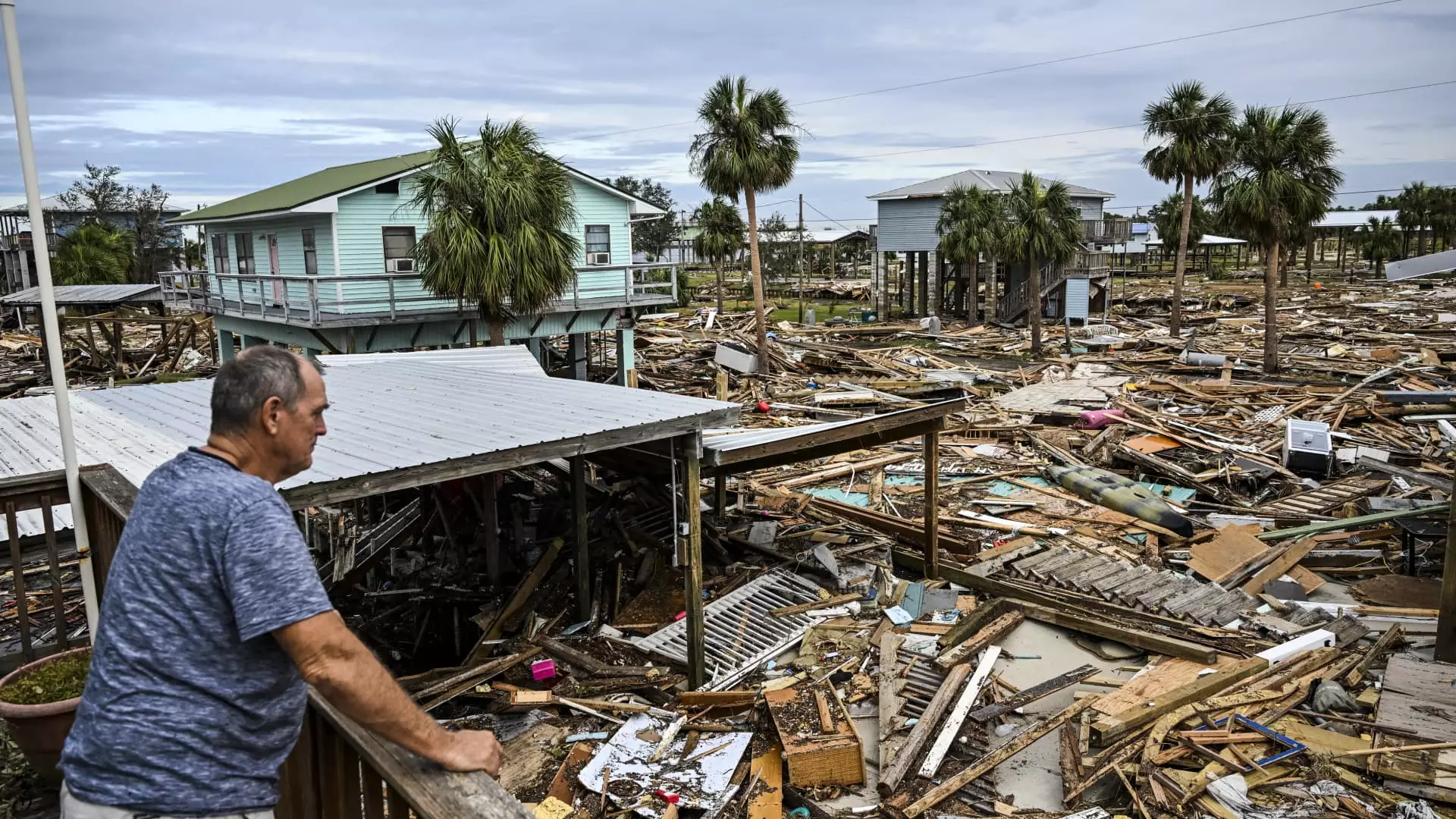Natural disasters like hurricanes can bring profound devastation, disrupting lives and leading to significant financial losses. With insured losses from hurricanes like Helene already surpassing $6 billion, understanding how to navigate the homeowners insurance claims process becomes imperative, especially as we brace for events like Hurricane Milton, which is anticipated to bring unprecedented damage to Florida’s coastline. Filing an insurance claim promptly is not just a logistical necessity; it profoundly impacts the recovery timeline and financial outcomes for affected homeowners.
In the wake of a disaster, those affected must act swiftly. Experts emphasize that the first step is to contact the insurance company as soon as it is safe to do so. The urgency is not just about filing; it’s about getting in line. According to Shannon Martin, an insurance analyst, claims are addressed on a first-come, first-served basis. The processing departments at insurance companies often face overwhelming workloads during disaster events, managing an influx of paperwork and claims. Delaying the reporting of a claim could lead to longer wait times for both approval and the disbursement of necessary funds.
Waiting to file can also complicate matters if additional damages occur from subsequent natural events. For instance, if a homeowner delays filing for wind damage from one hurricane, they could inadvertently complicate their claim if another storm causes flooding. This overlapping damage can lead to disputes between insurance providers regarding what caused the damage and whether it should be covered. This complexity underscores the value of filing initial claims immediately—within three to five days where possible—thereby securing the initial losses before further complications arise.
As the chaos of a natural disaster settles, homeowners should be prepared to implement specific actions to protect their property and optimize their claims. First, they should have a disaster preparedness kit that includes key documents, such as insurance policies and essential contact information, readily accessible. This foresight enables a smoother transition into the claims process post-disaster.
Once home damage is confirmed, homeowners are encouraged to reach out to their insurance companies promptly to initiate the claims process. As emphasized by Jeremy Porter of First Street Foundation, beginning the communication from any location, even if evacuated, can expedite the overall claims process. Documentation becomes crucial here; taking thorough photographs of the property damage not only assists in building a strong claim but also protects the homeowner’s interests in case of disputes later on.
An essential component of the claims process involves taking steps to mitigate further damage. This may involve removing items from harm’s way or conducting temporary repairs. Martin reminds homeowners that insurance policies typically outline the responsibility of insured individuals to prevent additional damage after a disaster. Failing to adhere to these stipulations can lead to potentially unfavorable outcomes regarding claim coverage.
While the insurance company will conduct its own assessment of the damage, homeowners should be diligent in documenting their own evidence as well. By maintaining records and photos that correlate with formal inspections conducted by their insurers, homeowners can create a well-rounded portrayal of the damage. This builds a solid foundation for disputing any unfavorable decisions made by the insurance company later on.
Furthermore, it is advisable to keep receipts for any materials purchased to undertake emergency repairs or improvements. These expenses can often be reimbursed by insurers, provided they were incurred to limit further damage to an already compromised property. Homeowners must be conscious, however, that certain expenses—like materials bought for improvements before a disaster—may not be covered.
Homeowners should also familiarize themselves with their specific insurance policies and understand the distinctions between what is covered under their homeowners insurance and what requires a separate flood insurance policy. This understanding becomes particularly relevant in situations where multiple types of damage occur, as different perils may fall under separate coverage umbrellas.
Homeowners facing the aftermath of a natural disaster must act quickly and deliberately when filing insurance claims. Ensuring timely communication with insurance providers, thorough documentation of damages, and taking steps to mitigate further damage can significantly influence the claim’s success and lead to a more expedited recovery process. Disasters are inherently unpredictable, but with proper preparation and awareness, homeowners can navigate the claims process with greater confidence and effectiveness.

